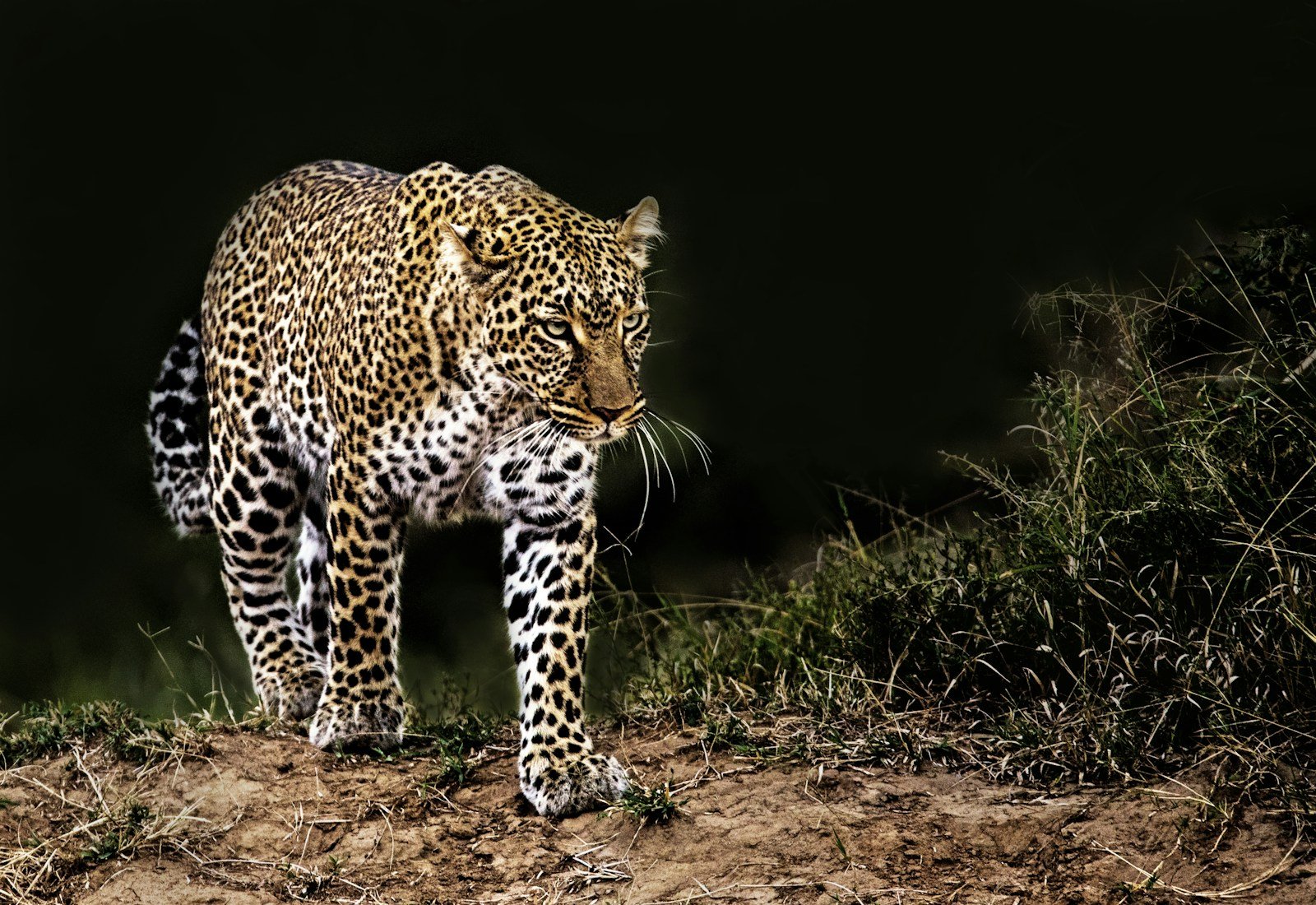Leopards are often renowned for being among the most adaptable and versatile predators in the animal kingdom. Their prowess as hunters is accentuated by their ability to thrive in a myriad of environments and their wide-ranging diet. This article delves into the characteristics and behaviors that set leopards apart as the most versatile predators.
Adaptability to Diverse Habitats

One of the key factors contributing to the leopard’s versatility is its ability to survive in a wide range of habitats. From the dense tropical rainforests of Southeast Asia to the arid savannas of Africa, leopards have showcased incredible adaptability to vastly different ecosystems. This versatility allows them to inhabit more geographic areas than any other large cat, except for the domestic cat.
Physical Attributes and Stealth

Leopards are equipped with physical features that make them exceptional hunters. Their muscular, compact bodies and impressive strength allow them to tackle large prey. Additionally, their rosette-marked fur provides excellent camouflage in various environments, further enhancing their stealth capabilities. The silent, agile movements of these big cats often enable them to close in on prey unnoticed.
Skilled Climbers

An extraordinary ability that leopards possess is their skill in climbing. Leopards are known to climb trees with ease, a trait that sets them apart from other big cats, such as lions and cheetahs. They often drag their kills up into the trees to protect them from scavengers. This arboreal habit is not only a defensive mechanism but also facilitates ambush hunting from above.
Opportunistic Hunting Strategies

Leopards exhibit highly opportunistic hunting behaviors, often tailoring their strategies according to the environment and availability of prey. They hunt a variety of animals ranging from small birds and rodents to larger ungulates. This flexible diet allows them to survive in diverse ecological niches where other predators might struggle.
Nocturnal Solitary Hunters

Leopards are primarily nocturnal hunters, which gives them the advantage of surprise over their prey. Their solitary nature and keen night vision contribute to their success as hunters under the cover of darkness. This tendency to hunt alone also minimizes competition for food among other leopards, ensuring the survival of their kind.
Diet Diversity

Leopards boast a diverse diet, eating everything from insects to large mammals. This dietary diversity is a crucial aspect of their versatility, allowing them to adapt swiftly to changing food sources or environments. In areas with scarce resources, leopards are known to consume smaller or unconventional prey, demonstrating their ability to adjust to availability.
Remarkable Problem Solvers

Leopards possess a high degree of intelligence, making them excellent problem solvers. They employ both observational learning and trial-and-error to adapt to new challenges in their environment. Whether it’s finding innovative ways to capture elusive prey or avoiding human interaction, leopards exhibit an impressive cognitive flexibility.
Avoidance of Competition

In habitats shared with other large predators such as lions, hyenas, or tigers, leopards utilize their agility and climbing ability to avoid confrontations. They often hunt during different times or in different niches to prevent competition over food. This ecological flexibility ensures that leopards maintain a stable presence even in predator-rich environments.
Conservation Status and Challenges

Despite their adaptability, leopards face significant threats from habitat loss, poaching, and conflicts with humans. Conservation efforts are crucial to ensure their survival, emphasizing the need to protect their natural habitats and mitigate human-wildlife conflicts. Understanding their adaptability can aid in designing better conservation strategies to protect these versatile predators.
Conclusion: A Testament to Evolutionary Success

Leopards’ remarkable adaptability, combined with their hunting prowess and intelligence, make them one of the most versatile and successful predators in the animal kingdom. These qualities not only underscore their significance in the ecosystems they inhabit but also highlight the intricate balance of nature in maintaining biodiversity. As we continue to learn about and conserve these magnificent creatures, we can appreciate their role as a testament to evolutionary success.

Suhail Ahmed is a passionate digital professional and nature enthusiast with over 8 years of experience in content strategy, SEO, web development, and digital operations. Alongside his freelance journey, Suhail actively contributes to nature and wildlife platforms like Feline Fam, where he channels his curiosity for the Feline into engaging, educational storytelling.
With a strong background in managing digital ecosystems — from ecommerce stores and WordPress websites to social media and automation — Suhail merges technical precision with creative insight. His content reflects a rare balance: SEO-friendly yet deeply human, data-informed yet emotionally resonant.
Driven by a love for discovery and storytelling, Suhail believes in using digital platforms to amplify causes that matter — especially those protecting Earth’s biodiversity and inspiring sustainable living. Whether he’s managing online projects or crafting wildlife content, his goal remains the same: to inform, inspire, and leave a positive digital footprint.






